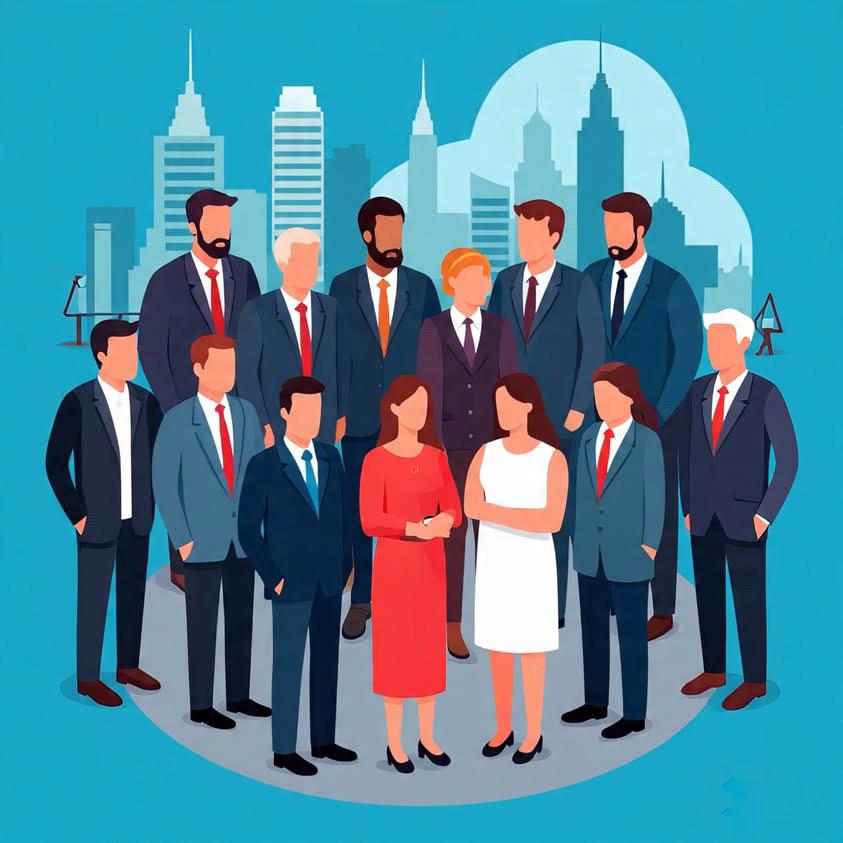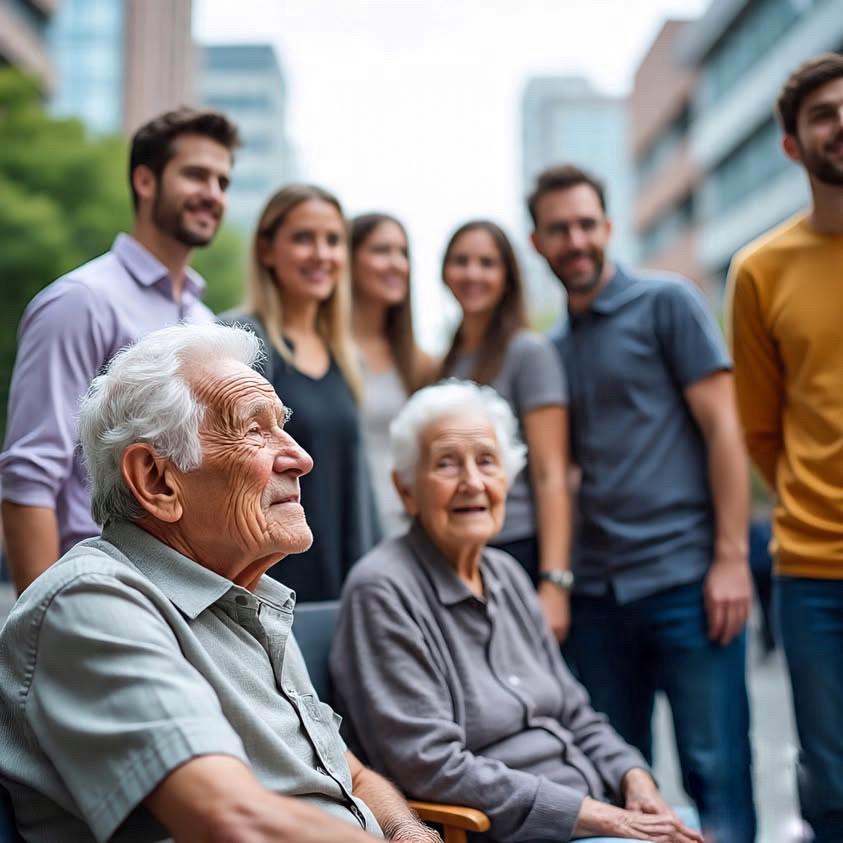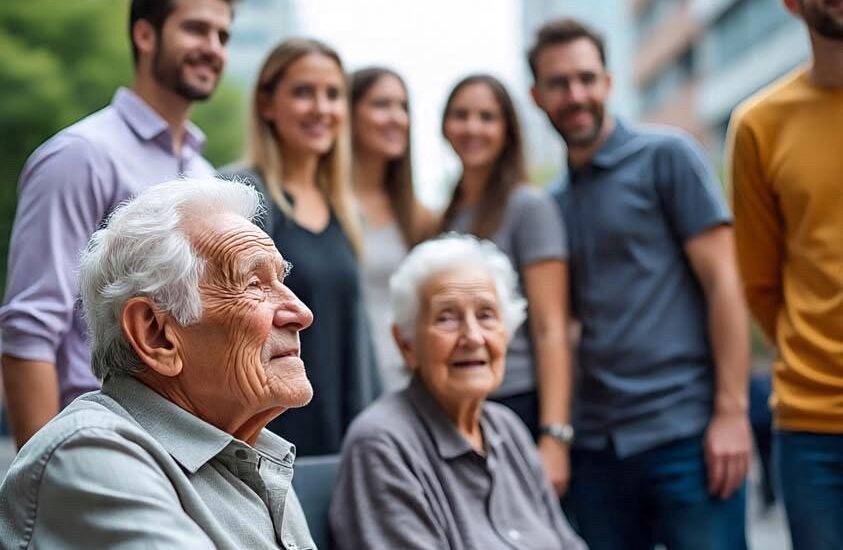I remember sitting in my grandmother’s living room last spring, watching her navigate her smartphone with surprising dexterity while complaining about how nobody visits anymore. That moment crystallized something I had been thinking about for months, how aging in our society has become this complex dance between independence and isolation, between wisdom and obsolescence. From workplace discrimination to family dynamics, discover the sociology of growing older in modern society.
The sociology of aging, or what scholars call gerontology, explores these very contradictions. It examines how our social structures, cultural beliefs, and institutional practices shape the experience of growing older. When I started diving deeper into this field, I realized that aging is not just a biological process, it is fundamentally a social one.
Think about it for a moment. In some cultures, gray hair signals wisdom and respect. In others, it triggers a rush to the nearest salon for touch ups. These differences are not random. They reflect deeper social values about productivity, beauty, and worth that vary dramatically across societies and historical periods.
The way we structure our communities tells us everything about how we view older adults. I have noticed this in my own neighborhood. The new developments are built with young families in mind sprawling layouts that require cars for every errand, stairs everywhere, and social spaces designed for children and their parents. Meanwhile, older residents find themselves increasingly cut off from the very community life that once sustained them.
This physical isolation connects to what sociologists call age segregation. We have created a society where different age groups rarely interact meaningfully. Schools are for children, workplaces for adults in their prime, and senior centers for the elderly. This segregation shapes how we understand aging and limits opportunities for intergenerational relationships that could benefit everyone.
The workplace presents another fascinating lens through which to examine aging sociology. Age discrimination remains widespread, despite legal protections. I have spoken with countless people in their fifties and sixties who describe feeling invisible during job searches or being pushed toward early retirement. Yet research consistently shows that mixed-age teams perform better and that older workers bring valuable experience and institutional knowledge.

Why does this disconnect exist? Part of the answer lies in our cultural obsession with innovation and change. We have somehow convinced ourselves that only young minds can adapt to new technologies or think creatively. This ageist assumption ignores the reality that learning and growth continue throughout life, just in different ways.
Social media has added new dimensions to aging experiences. While platforms like Facebook have enabled older adults to reconnect with old friends and maintain social connections, they have also created new forms of exclusion. The digital divide affects older adults disproportionately, and the rapid pace of technological change can make some feel left behind.
Family dynamics have shifted dramatically over the past few decades, fundamentally altering how we age. The traditional extended family model, where multiple generations lived together or nearby, has given way to nuclear families scattered across the country. This means that older adults often face major life transitions retirement, health challenges, loss of spouses with less family support than previous generations enjoyed.

Financial security adds another layer of complexity to the sociology of aging. Social Security and Medicare provide essential support, but many older adults struggle financially. Women, in particular, face significant challenges due to lower lifetime earnings and longer lifespans. The intersection of aging with gender, race, and class creates vastly different experiences of growing older.
Healthcare systems reveal some of the most troubling aspects of how society treats aging. The medical model often views aging as a series of problems to be managed rather than a natural life stage with its own possibilities. I have watched family members navigate this system, where their concerns are dismissed as normal aging or where they face pressure to accept limitations that might be treatable.
Yet I have also witnessed remarkable examples of successful aging that challenge our assumptions. My neighbor, who is eighty three, started learning photography during the pandemic and now sells her work at local markets. She embodies what researchers call active aging remaining engaged, productive, and connected to community throughout later life.
The sociology of aging ultimately asks us to examine our own assumptions and biases. How do we talk about older adults? What opportunities do we create or limit? How do our institutions support or hinder meaningful aging?
As our population ages, these questions become increasingly urgent. By 2030, all baby boomers will be over sixty-five, fundamentally shifting the demographic landscape. Understanding the social dimensions of aging is not just an academic exercise it is essential for creating a society where people can age with dignity, purpose, and connection.
Reference
Bengtson, V. L., & Settersten, R. A. (Eds.). (2016). Handbook of theories of aging (3rd ed.). Springer Publishing Company.
Dannefer, D., & Phillipson, C. (Eds.). (2010). The SAGE handbook of social gerontology. SAGE Publications.
Estes, C. L., Biggs, S., & Phillipson, C. (2003). Social theory, social policy and ageing: A critical introduction. Open University Press.

